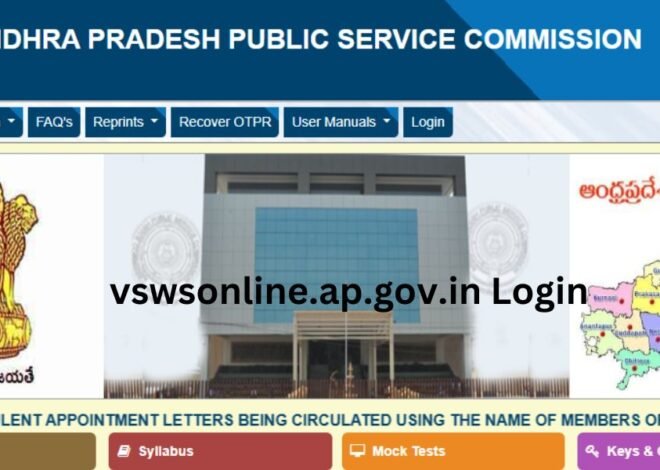
(Pradhan Mantri Surakshit Matritva Abhiyan) PMSMA Login for Registration
Prenatal care is a crucial step for ensuring a healthy pregnancy. The Pradhan Mantri Surakshit Matritva Abhiyan (PMSMA) aims to provide free, comprehensive antenatal care to pregnant women. To make the program more efficient and accessible, the PMSMA Portal allows healthcare workers and beneficiaries to log in and access vital services. In this guide, we’ll discuss how to perform the PMSMA login, how to reset your password, and the steps for accessing key services on the platform.
What is PMSMA?
The Pradhan Mantri Surakshit Matritva Abhiyan (PMSMA) was launched by the Government of India in 2016. It focuses on providing free antenatal care and addressing high-risk pregnancies to reduce maternal mortality. Every pregnant woman in the country can access PMSMA services for free on the 9th of every month, regardless of her socioeconomic status.
The PMSMA Portal helps streamline these services by providing a centralized platform where users can log in, manage information, and access healthcare services.
Key Features of the PMSMA Portal
The PMSMA Portal offers several key features:
- Appointment Scheduling: Pregnant women can schedule their antenatal check-ups.
- Record Management: Healthcare workers can update and access patient records.
- Resource Access: Provides educational materials for expecting mothers and healthcare workers.
- Risk Stratification: Identifies high-risk pregnancies based on clinical data.
- Data Reporting: Generates reports for monitoring the progress of maternal health in India.
Now, let’s explore how to access the portal using the PMSMA login feature.
How to Access the PMSMA Portal: Step-by-Step Guide to PMSMA Login

To access the features of the PMSMA Portal, users such as healthcare professionals and pregnant women need to complete the PMSMA login process. Follow the steps below for a seamless login experience:
PMSMA Login Steps:
- Visit the PMSMA Portal: Open your browser and go to the official PMSMA website (add URL).
- Enter Your Username: On the PMSMA login page, enter your registered username in the designated field.
- Enter Your Password: In the password field, type in the correct password associated with your PMSMA account.
- Click Login: After entering your credentials, click on the “Login” button to access your PMSMA dashboard.
Once logged in, healthcare workers can manage patient records and other details, while pregnant women can view appointment schedules and access educational materials.
Read also: Starbucks Dehradun / Olympus Great Learning Login / Probe Login
PMSMA Login Password Reset
If you forget your password or wish to reset it for security reasons, the PMSMA Portal provides a straightforward process for resetting your password. Follow these steps:
- Go to the Login Page: Visit the PMSMA portal and click on the “Forgot Password” link below the login fields.
- Enter Your Registered Email or Mobile Number: Input the email or mobile number linked to your account.
- Verification Code: A verification code will be sent to your email or mobile number. Enter the code in the designated field.
- Set New Password: Once the verification is complete, you’ll be prompted to create a new password. Make sure your new password is strong and secure.
- Confirm Password: Re-enter your new password to confirm it, and then click “Submit.” You can now log in using your updated credentials.
Read Also: 127.0.0.1:62893 / Miflow Login / Sahaj Login
Benefits of Using the PMSMA Portal
The PMSMA Portal provides multiple benefits for both healthcare workers and pregnant women. Here’s a breakdown:
| Feature | Benefits |
|---|---|
| User-Friendly Interface | Easy navigation for healthcare providers and beneficiaries alike |
| Centralized Record Keeping | Maintains patient data securely and ensures quick access to medical records |
| Risk Assessment | Automated risk assessment algorithms help identify high-risk pregnancies |
| Appointment Scheduling | Conveniently schedule antenatal check-ups without visiting healthcare centers |
| Reports and Analytics | Facilitates data-driven decision-making for policymakers |
Frequently Asked Questions
How do I access the PMSMA login page?
To access the PMSMA login page, simply visit the official PMSMA website (URL), and you will find the login option on the homepage. Enter your username and password to proceed.
How do I reset my PMSMA login password?
If you have forgotten your password, go to the Forgot Password section on the PMSMA login page. Enter your registered email or mobile number, and follow the steps to reset your password.
What should I do if I face login issues on the PMSMA portal?
If you are unable to log in, ensure that your credentials are correct. If the issue persists, you can contact PMSMA support through the help section available on the portal or reset your password using the password reset option.
Who can use the PMSMA Portal?
The PMSMA Portal is designed for healthcare workers, pregnant women, and government officials involved in maternal healthcare. Healthcare workers use the portal to manage patient records and monitor high-risk pregnancies, while pregnant women can use it to access healthcare services and educational materials.
How can I update my details on the PMSMA portal?
To update your personal details, log in to the PMSMA portal, navigate to your profile section, and edit the necessary information. After making changes, save the updated details.
Conclusion
The PMSMA Portal simplifies the process of accessing maternal healthcare services and ensures that healthcare workers can efficiently manage patient data. With an easy login process, a secure password reset feature, and centralized data management, the portal plays a crucial role in improving maternal health outcomes in India.
For any technical issues related to the PMSMA login or password reset process, users can reach out to the official support team. By streamlining healthcare access and management, the PMSMA initiative is making significant strides in reducing maternal mortality and improving the overall health of pregnant women across India.


